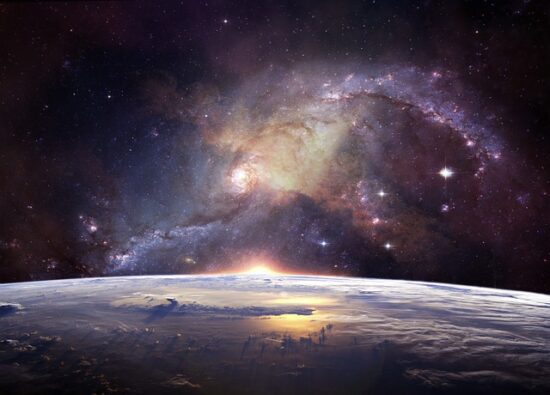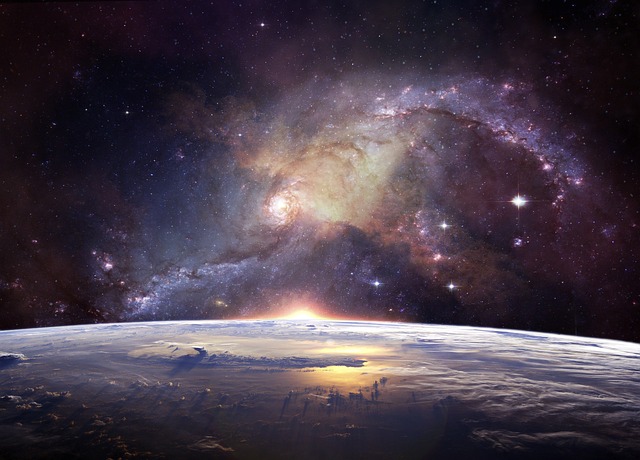You know what! You cannot count how many galaxies are there in our solar system because there are billions and billions of them. Well, as a matter of fact, our universe and the space around us are full of mysteries that are yet to be unfolded. Hence finding about interesting space facts for kids is a journey that may never end. So let’s enjoy some of the fascinating space facts for kids.
Space Facts For Kids
If any human falls down inside the Black Hole, it will turn him into a very extended and slim rope. This method is known as “spaghettification”.
If you pass urine inside a spacecraft and then discard it in space, the freezing temperature of space will turn it into solid golden crystals.
There are few astronauts that had inhaled the dust of Moon and afterwards caught up in an unusual kind of disease known as ‘lunar lung’.
Do you know what a Black Hole is? Well, it is still a mystery because whatever makes a way into it, never comes out. In truth, light cannot break out from the trap of Black Hole. It is all because the force of gravity inside the Black Hole is incredibly powerful.
Due to lack of gravity in space, the astronauts have to fasten their both thighs and feet with the restroom seats when they need to go to toilet.
Another one of the weird space facts for kids is that the physical appearance of the moons of Mars planet bears a great resemblance to potato.
One of the mind-blowing space facts for kids is that the farthest Black Hole lies at almost thirteen billion light years from Earth. Unimaginable distance! Of course there may be any other lying even further than this one, but so far scientists believe this is the remotest. If you compare the weight of this Black Hole with the Sun, the Sun turns out to be three billion times much lighter than this Black Hole.
The boom of Crab Nebula produced certain rubble which is on its way within our Universe and moving at a staggering speed of 1,100 miles in a second.
The mass of the Sun is driving away and it is throwing almost 2.2 billion pounds (lbs) of its weight in every second.
You know how big is your solar system? Well, if you seek to find out the border line of our Solar System on a spacecraft moving at an amazing speed of more than 35,000 miles (its normal for a spacecraft) in every hour, you’ll probably have to wait for about 40,000 years before you reach the boundary.
There are few rocks in our planet that may seem unusual because they have actually toppled from the space and are the small bits of another beautiful planet, Mars.
 There are countless stars in our solar system just like the sand grains on Earth. Out of all these, there is a star named as Aldebaran. One of the astonishing space facts for kids is that NASA launched its mission to this star in 1972 and sent a Pioneer spacecraft. But the amazing thing is that the last time that spacecraft observed was in 2003 and it has to travel for about two million years (2,000,000) before it reaches Aldebaran.
There are countless stars in our solar system just like the sand grains on Earth. Out of all these, there is a star named as Aldebaran. One of the astonishing space facts for kids is that NASA launched its mission to this star in 1972 and sent a Pioneer spacecraft. But the amazing thing is that the last time that spacecraft observed was in 2003 and it has to travel for about two million years (2,000,000) before it reaches Aldebaran.
You know how many days are there in a year in Mercury? Just 88 days, which means you’ll survive for more than three centuries if you start living in Mercury. More life means more birthday parties!
The Universe is too big to know each and every thing in detail and almost 96% of its total mass is still unknown to the scientists. This is known as dark matter because you cannot see anything through it. Isn’t it one of the truly amazing space facts for kids?
The heart of our galaxy is called Milky Way and our solar system revolves around it at a speed of 170 miles in a second.
The USSR launched a satellite in space (named as ‘Sputnik 2’) back in 1957. On this satellite they also sent a homeless dog (known as Laika). It was indeed the first animal ever to step into space but since satellite couldn’t come back to Earth, Laika passed away.
Did you find these space facts for kids interesting enough to read? Yes, then don’t just break off here and resume your journey into space.
More Fascinating Space Facts For Kids
As you know Earth revolves around the Sun in a specific orbit or path. The span or distance of this path is almost twenty five times smaller than the total size of Alpha Herculis (a star).
Every year the average amount of meteoric debris that falls on our planet is about 88 million lbs.
Within 24 hours, our planet covers a distance of about 1.5 million miles while orbiting the Sun.
Lack of gravitational force in space results in a great deal of problems for the astronauts like those astronauts that spend lion’s share of their lifetime in space can result in weak bones (due to zero mass of bones in space) and sometimes muscle wasting issues. That is why such astronauts remain off-color for quite a number of years following their arrival back to Earth.
Moon reflects the light from the Sun and passes it on to our planet within just 1.25 seconds.
We have a 24-hour day, right? But the biggest planet of our solar system, Jupiter, has only ten hours in a day.
One of the amazing space facts for kids and that inspires me too is the fact that you can actually witness ISS (International Space Station) moving around our planet quite easily. What’s more, you can observe it in the twilight and without using any telescope or binoculars.
What do you understand by one light year? A light year is basically a distance that light covers in a year.
By 2030, NASA is planning to create a small city on the surface of Moon.
There is a unique and mysterious signal that often reaches earth from the space. This signal is called ‘Wow’ and ever since it was received back in 1977, no other signal has yet been picked up. However, it is likely to be any sign of any life up there.
Astronauts also wash their hairs but not with traditional shampoo. They use specialized shampoo that does not require them to rinse out with water.
If you shed tears in space, it will not fall down rather they remain in your eyes and as you weep more and more, the bubble of water will become bigger and bigger until turns into a massive droplet.
The speed at which Moon is getting away from our planet is almost four centimeters per year.
Neptune is the only planet that you cannot witness through naked eyes. Scientists identified this planet through arithmetical calculations and observations.
Unlike Earth, Jupiter has no season. The planet has to lean in order to have different seasons.
Sedan is the name of an asteroid that share some features of planet as well. That’s why it is known as planetoid. One of the amazing space facts for kids is that one year of Sedna is equivalent to our 10,500 years. That means, ever since Ice Age, the year on Sedna hasn’t changed yet.
Some scientists have witnessed hole inside our Universe which may be indicative of another similar universe. Wow! Just imagine!
Normally in one galaxy, one hundred billion stars exist.
The size of the Moon equals to that of the core of our planet.
The size of the Sun is so huge as compare to our planet that almost 103,000,000 Earths woul easily fix inside it.
Are these space facts for kids really amazing to you? If yes, then which one inspires you most?



Leave a Reply